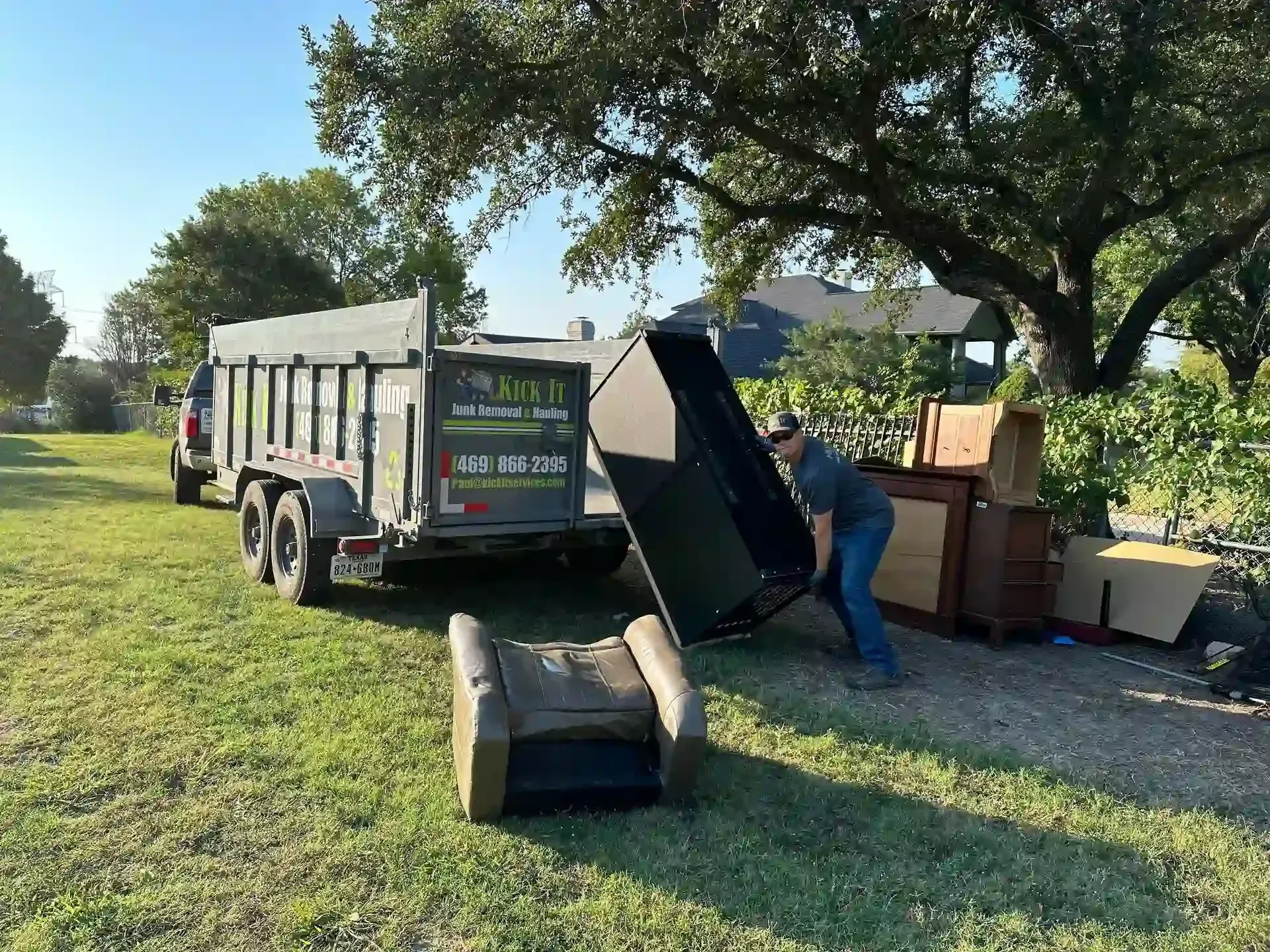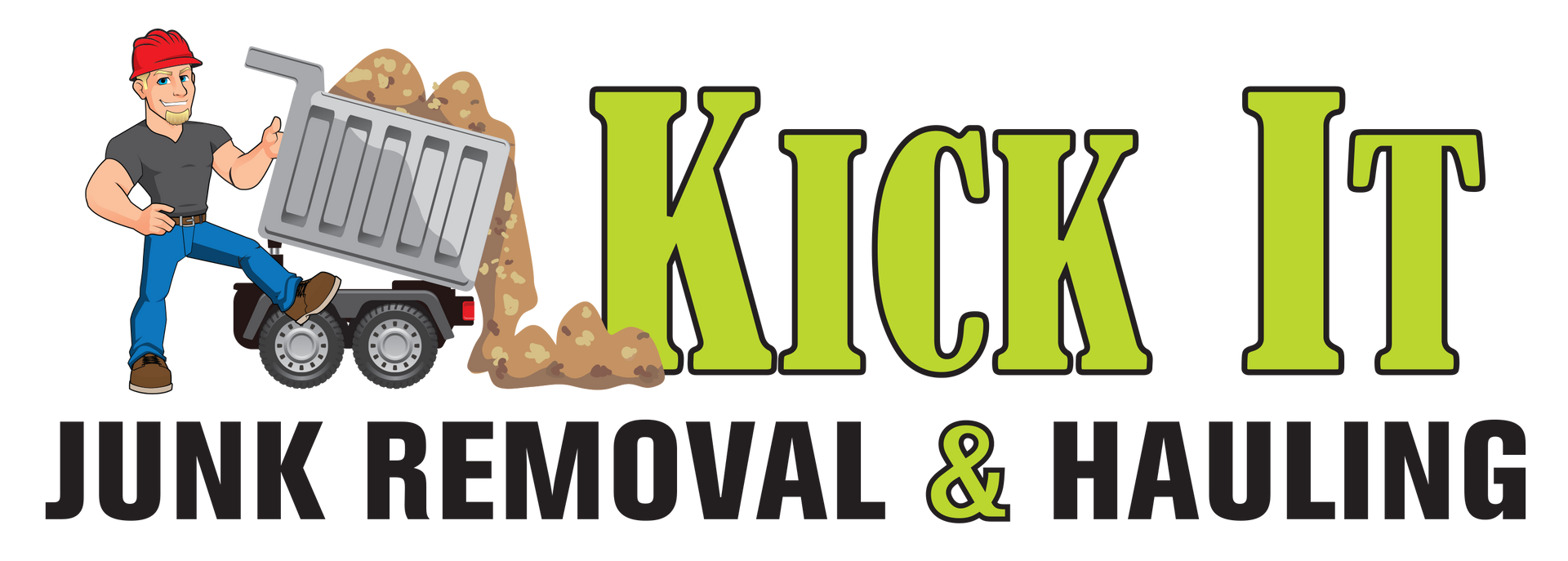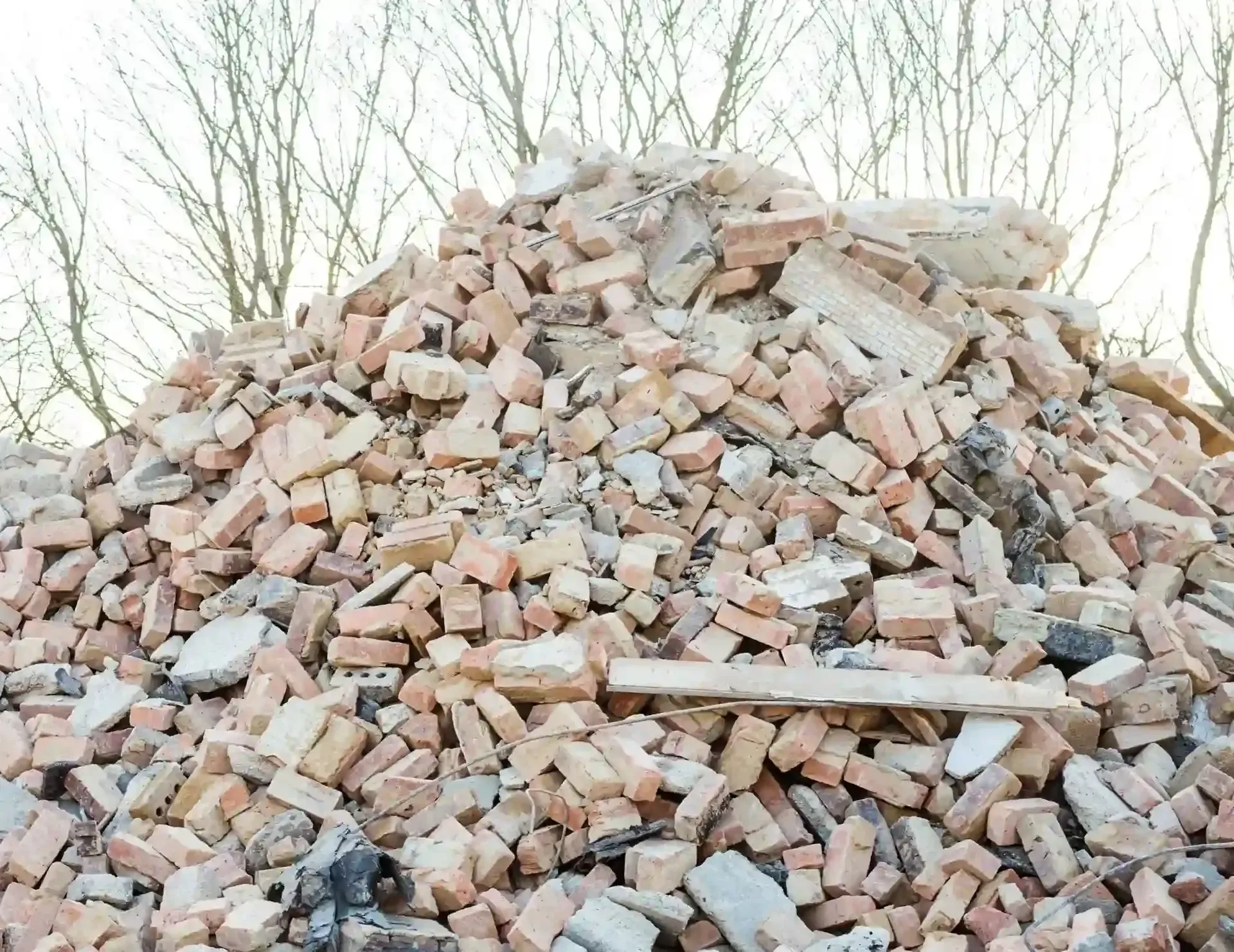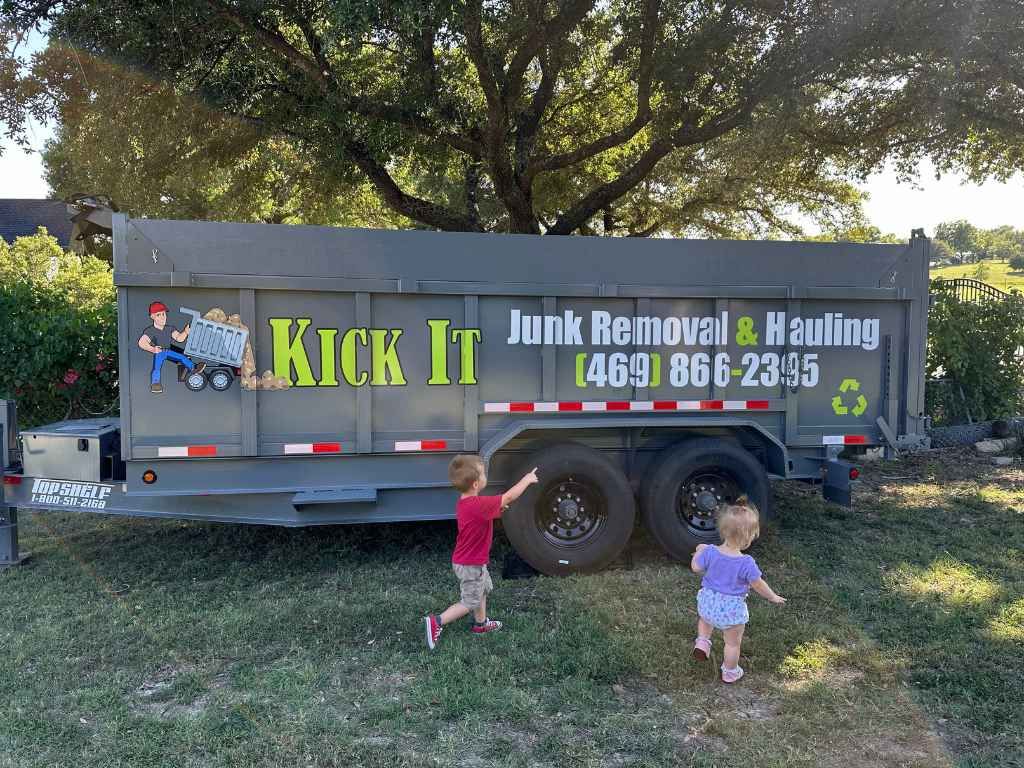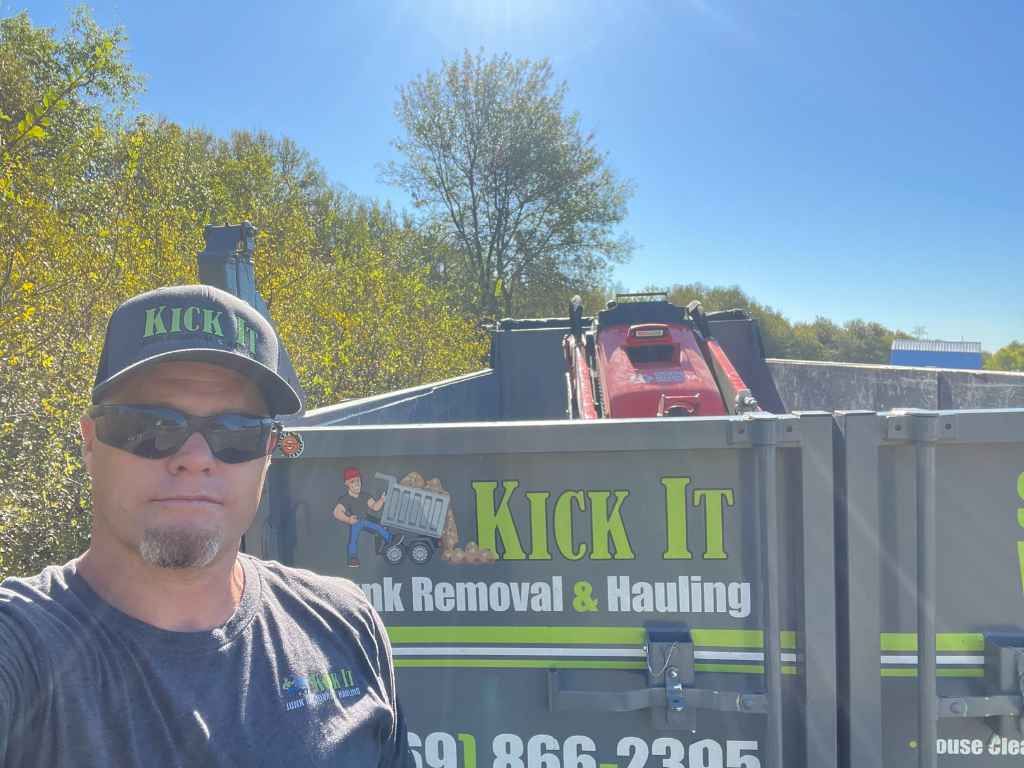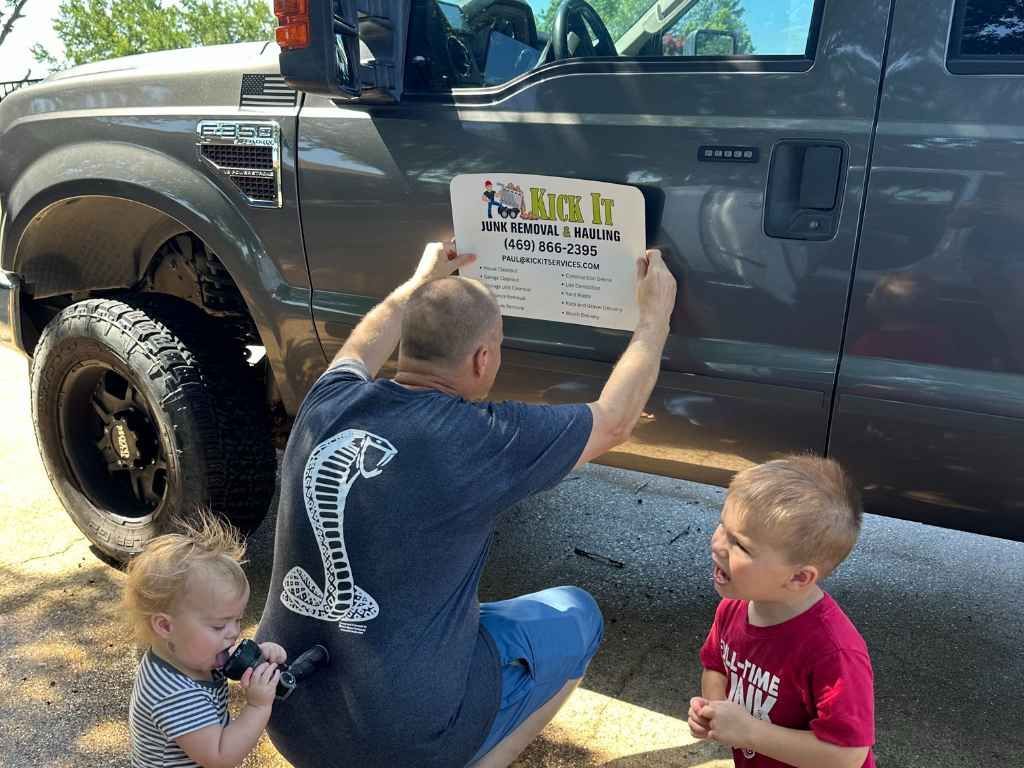Tips for Handling Demolition Cleanup in Older Homes
Taking on a demolition project in an older home can feel like opening a time capsule—layers of history mixed with a lot of mess. Whether you're clearing out damaged walls, outdated fixtures, or decades-old debris, proper cleanup is just as important as the demo itself. It’s not just about tossing things in a dumpster—there’s dust, safety concerns, and even hidden materials like asbestos to consider.
We’ve seen it all. We know that cleaning up after demolition, especially in aged homes, takes more than muscle. It requires planning, the right tools, and an eye for safety. If you’re about to start tearing things down, here are a few smart tips to help keep your cleanup smooth and stress-free.
Essential Tips for Demolition Cleanup in Older Homes
Demolition projects in older homes often uncover hidden surprises, like outdated wiring or hazardous materials. While the demolition itself is messy, cleanup can be even more challenging if you don’t plan ahead. It's important to identify potential risks early on—things like asbestos or lead paint can require special handling. Be sure to wear protective gear and take the proper precautions to safeguard yourself and others.
Proper waste disposal is also key in an older home demolition. With a variety of materials, from wood to metal, it’s essential to sort debris correctly for recycling or disposal. Hiring a junk removal service experienced in dealing with demolition debris can save you time and effort while ensuring that everything is handled responsibly.
How to Tackle Demolition Cleanup in Historic Homes
Demolition cleanup in historic homes presents a unique set of challenges. Many of these houses have aged materials that might require extra care during removal. For instance, old plaster walls or intricate woodwork could be more fragile than modern alternatives. It's crucial to assess the condition of each area before starting the cleanup to avoid unnecessary damage.
Furthermore, working with a professional team who understands the nuances of older homes is essential. They’ll be able to identify potentially dangerous materials like asbestos or mold, ensuring that you’re not exposed to hazardous substances during the cleanup process. With the right tools and knowledge, you can handle the demolition cleanup efficiently while preserving the home's character.
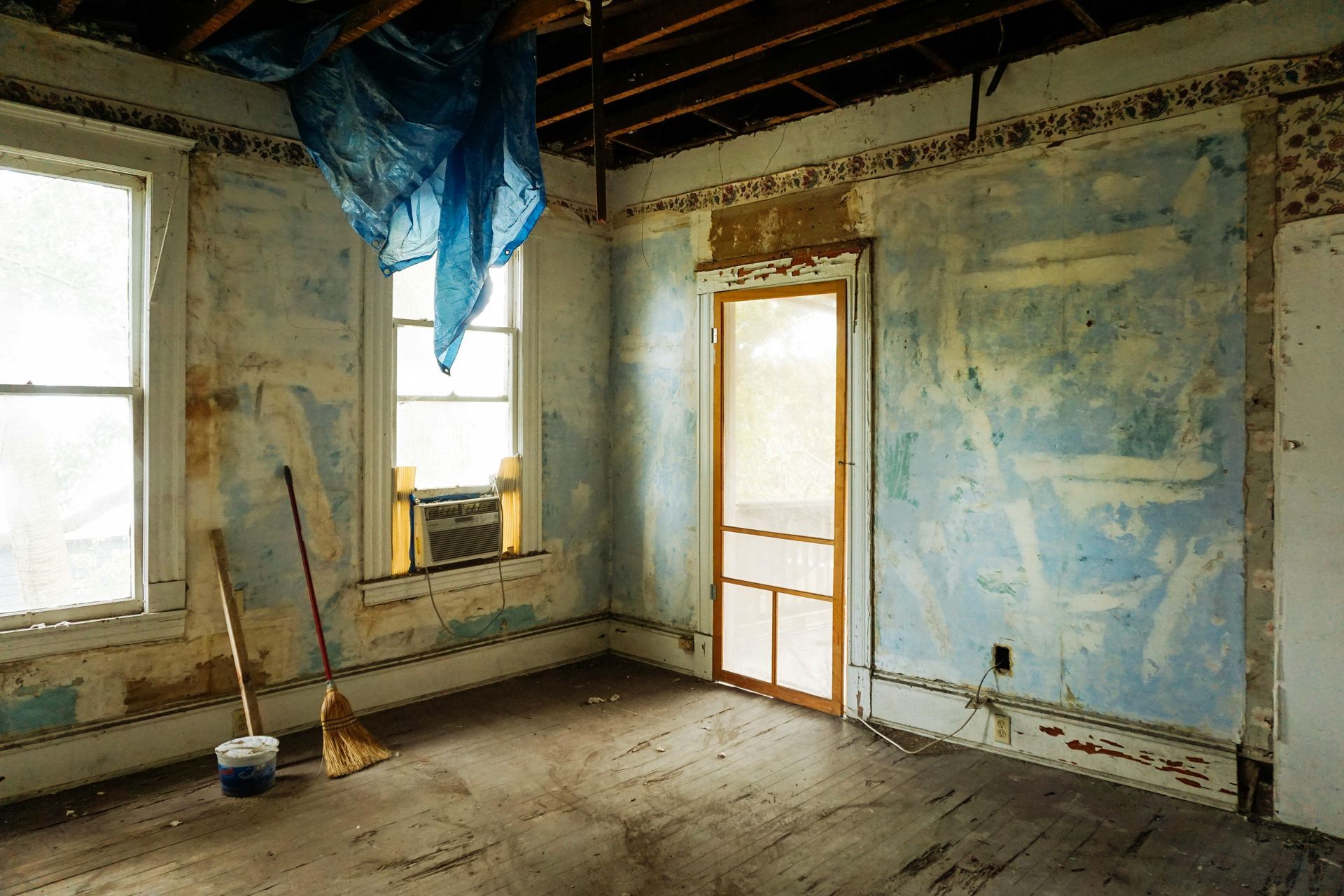
Smart Strategies for Cleaning Up After Demolition in Older Houses
Cleaning up after demolition in older houses requires more than just a broom and a dustpan. Begin by sorting through materials to distinguish between those that can be recycled or repurposed and those that need to be disposed of. Older homes might contain valuable wood or bricks that can be reused in other projects. Keeping these materials separate helps streamline the cleanup process and ensures you're not throwing away something useful.
Safety should also be a top priority during cleanup. Older homes can harbor hidden dangers like exposed nails or uneven floors, so always take extra precautions. If you're unsure about handling hazardous materials, consider hiring a junk removal service with experience in older homes. Their expertise will help make the process more efficient and safe.
The Best Ways to Handle Demolition Debris in Vintage Homes
Handling demolition debris in vintage homes requires an organized approach to prevent unnecessary waste and ensure safe disposal. Many older homes contain a variety of materials that can’t simply be tossed together—certain items like old insulation or lead pipes may require special treatment. Start by sorting debris into categories: recyclable, hazardous, and general waste. This helps in the proper disposal process and minimizes environmental impact.
Additionally, consider donating or selling salvageable items like antique fixtures, doors, or windows that could have a second life in someone else's home. By recycling and repurposing materials, you not only make the cleanup more eco-friendly but also preserve a bit of the home’s history in the process.
Key Tips for Efficient Demolition Cleanup in Aged Properties
Efficient demolition cleanup in aged properties requires planning and the right tools. Start by removing hazardous materials first, such as lead paint or asbestos, as they can pose significant health risks. Using the right equipment for heavy-duty tasks like hauling large debris or breaking down furniture will help speed up the process and reduce strain on your team. Always wear protective gear, especially if you’re working in a house that’s been standing for decades.
After the larger debris has been cleared, focus on finer details such as dust and small remnants of building materials. Sweeping and vacuuming is essential to ensure that the area is clean and safe for future renovations. If you’re not sure where to dispose of everything, hiring a junk removal service ensures that debris is responsibly taken care of.
What You Need to Know About Demolition Cleanup in Older Homes
Demolition cleanup in older homes is often more complex than in newer structures due to the materials and potential hazards involved. Many older homes contain layers of paint, old insulation, and materials that could be hazardous when disturbed. Before starting the cleanup process, make sure to check for the presence of asbestos, mold, or lead, as these can require professional handling.
Additionally, the cleanup itself can be time-consuming, with older homes typically having more intricate materials that take longer to remove. It's important to plan for extra time and resources, especially when it comes to sorting and disposing of debris properly. Hiring a junk removal team that specializes in these types of projects can make the process easier and ensure that everything is handled safely.
Step-by-Step Guide for Demolition Cleanup in Historic Properties
Demolition cleanup in historic properties can be a meticulous job, but following a clear, step-by-step process can make it more manageable. Start by conducting a thorough inspection of the area to identify any hazardous materials, such as asbestos or lead paint, that need to be addressed first. These materials must be handled with care to avoid health risks. Once these concerns are dealt with, you can begin removing larger debris.
As you clear the area, remember to segregate items that can be recycled or repurposed. Older homes often have unique features, like vintage windows or reclaimed wood, that may be of value for future use. Finally, ensure that the area is fully cleaned and safe for future renovations. A professional junk removal service can provide the expertise needed to ensure everything is done properly.
How to Manage the Cleanup Process After Demolishing an Older Home
Managing the cleanup after demolishing an older home requires a systematic approach to handle the mess and hazards effectively. First, assess the site for any remaining risks, such as exposed electrical wires or unstable structures. Once safety has been ensured, sort debris into categories for easier disposal. Many older homes contain materials that can’t simply be thrown into a landfill, so recycling and repurposing where possible is key.
During the cleanup, keep an eye out for items that could be salvaged or restored. Antique furniture, original wood beams, and vintage hardware can be valuable for reuse or resale. By staying organized and focused on safety, you’ll be able to manage the cleanup process more efficiently and preserve some of the house’s original charm.
Demolition Cleanup in Older Homes Made Simple
Cleaning up after a demolition project in older homes doesn’t have to be overwhelming, as long as you take the right steps. Begin by protecting yourself and your team with proper gear to avoid injury from sharp objects, dust, or debris. The next step is to assess any hazardous materials that might be present, such as asbestos or lead. These should always be handled with care and by professionals if necessary.
Once the hazardous materials are dealt with, start sorting debris into recyclable, reusable, and disposable categories. Many materials in older homes, like wood or metal, can be recycled. If you don’t have the time or resources for cleanup, hiring a professional junk removal service ensures that everything is disposed of properly and efficiently.
Avoid These Mistakes During Demolition Cleanup in Historic Houses
Demolition cleanup in historic houses can quickly turn into a nightmare if certain mistakes aren’t avoided. One of the biggest errors is neglecting to inspect for hazardous materials, like asbestos, which can be present in many older homes. Failing to address this risk early on can lead to costly and dangerous consequences.
Another common mistake is not having a clear disposal plan in place. In older homes, you might encounter materials that need to be handled differently, like lead-painted doors or outdated wiring. Sorting and disposing of debris properly is essential to ensure a safe and environmentally friendly cleanup. To avoid these mistakes, consider bringing in professionals who can guide you through the process from start to finish.
Conclusion
Handling demolition cleanup in older homes can feel like a daunting task, but with the right approach and tools, it becomes much easier. Whether you're dealing with hazardous materials, delicate vintage features, or piles of debris, having a solid cleanup plan is essential. Knowing what to look for, staying safe, and hiring the right help can make all the difference in transforming your demolition site into a clean slate for your next project.
If you’re ready to take on your demolition cleanup but don’t want to deal with the stress and hassle, let Kick It Junk Removal & Hauling handle it for you. Our team is experienced in clearing out debris from older homes, ensuring that everything is safely and properly disposed of. We make the process quick, easy, and environmentally friendly, so you can focus on your next steps without worry. Reach out to us today at 469-866-2395 or email Paul@kickitservices.com to learn more about our services. Let us take care of the mess, so you don’t have to!
